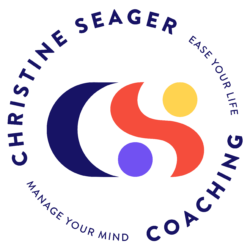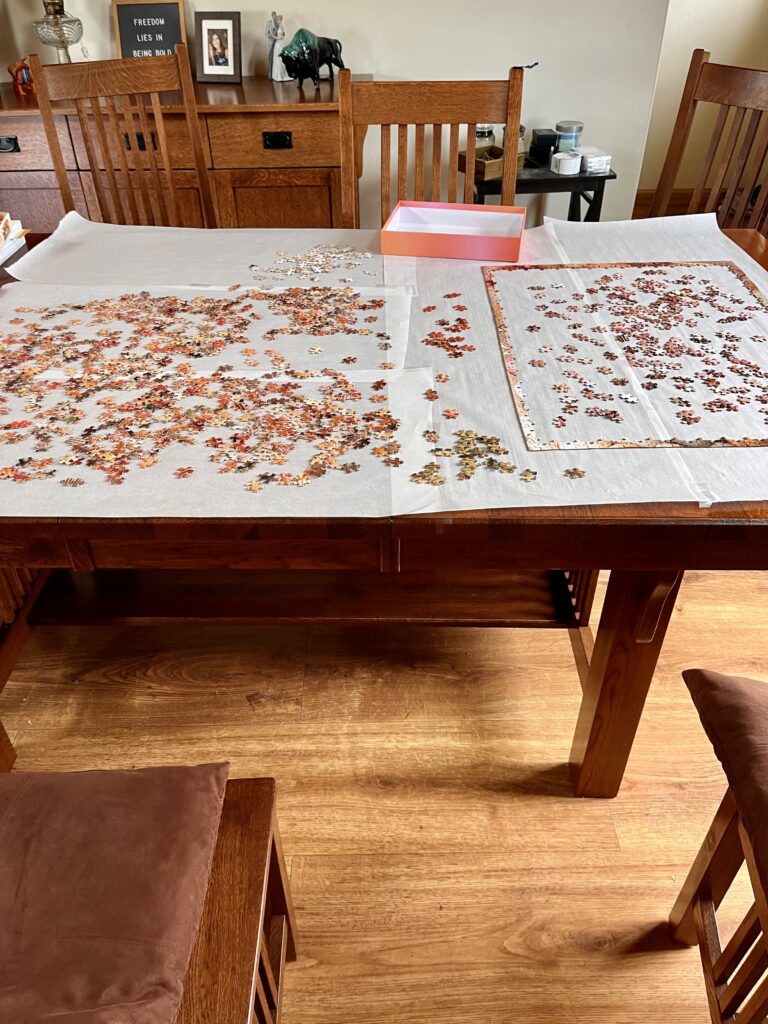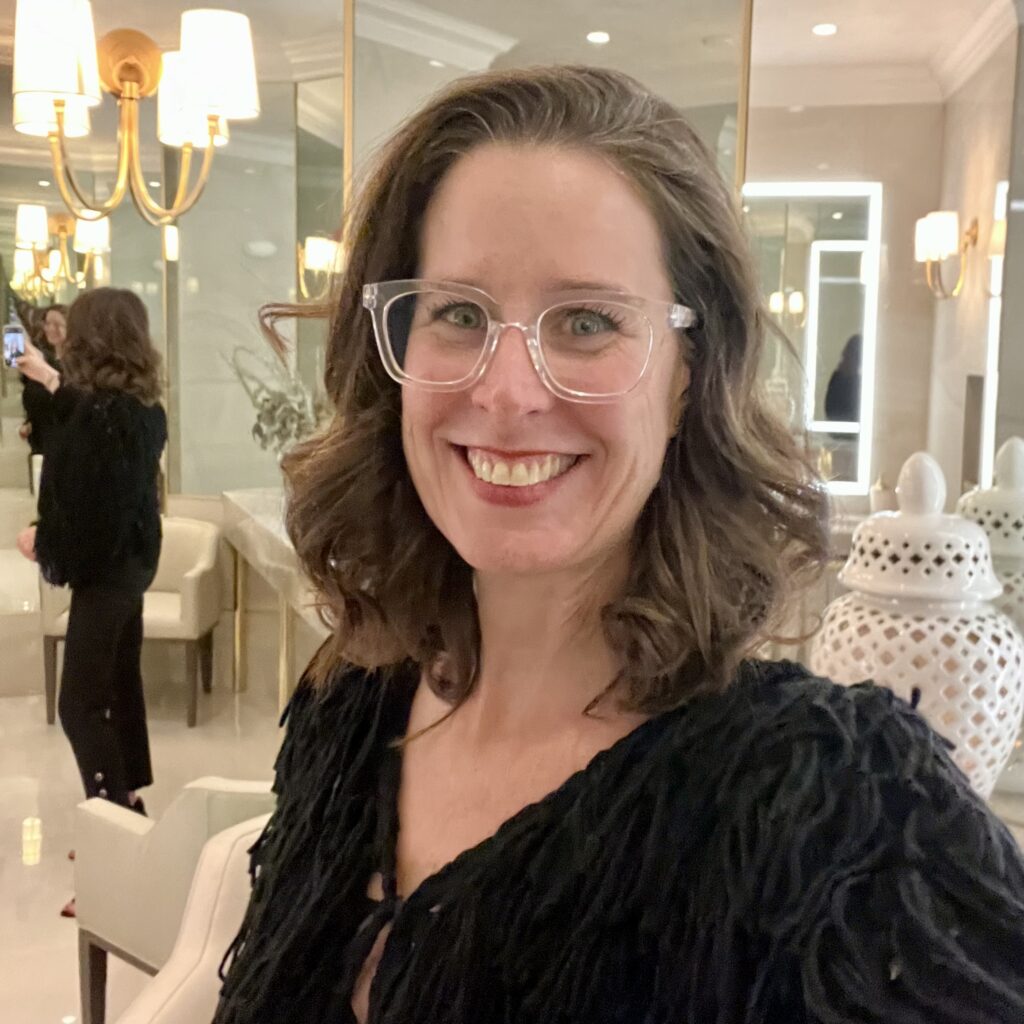(This is by far, one of my favorite coaching topics because when we’re so busy with just living life, we don’t think this is actually possible for us, but I assure it you it is.)
Have you ever felt like you’re just going through the motions?
You wake up, go to work, check off tasks, and before you know it—it’s bedtime, and you’re doing it all over again tomorrow.
Rinse and repeat.
Maybe you tell yourself, “This is just how life is.”
Or maybe you’ve thought, “One day, I’ll figure out what I really want.”
You just keep kicking the can down the road.
But what if “one day” never comes?
What if the life you actually want doesn’t just happen—but has to be designed?
Why Most People Don’t Design Their Life
If you feel stuck, you’re not alone.
Most people don’t intentionally design their life because:
1. They don’t know what they want. (It feels easier to stay busy than to stop and figure it out.)
2. They think they have to make huge changes. (“I’d have to quit my job, move across the country, and start over.”)
3. They don’t believe it’s possible. (“People like me don’t get to have extraordinary lives.”)
Here’s the truth:
You don’t need to know everything. You don’t need to overhaul your whole life. You just need to start.
How to Start Designing Your Life in 3 Steps
- Ask Yourself: What Would Make My Life Extraordinary?
Not “what’s realistic?”
Not “what’s practical?”
Not “what should I want?”
But what do I actually want?
Would you travel more? Work fewer hours? Take up a hobby that’s just for fun?
Give yourself permission to dream.
- Look for Small Ways to Bring That Into Your Life Now
You don’t need to quit your job and move to Bali to feel more alive.
If you dream of:
• More freedom: Can you start setting better boundaries at work?
• More adventure: Can you say yes to something spontaneous this week?
• More joy: Can you carve out time for something that lights you up?
Big changes start with small shifts.
- Decide to Be the Person Who Does It
Your life isn’t going to design itself.
You have to decide to take action—even if it’s small.
• Book the weekend trip.
• Sign up for the class.
• Say no to the shift that drains you.
The more you act like the person who has the life you want, the faster you become that person.
You don’t have to settle for a life that feels “fine.”
You’re allowed to want more.
The real question is: Are you ready to start designing it?
If you’re done waiting for “one day” and ready to start creating a life you love, I can help. Let’s talk— I offer complimentary, no-obligation consultations. You can book yours here.
Reminder: as part of the benefits offered at Logan Health, employees get free coaching sessions. You can book a coaching session here.
P.P.S. Liked what you read? Join my email list, where I dive deeper into these concepts and teach you HOW to put them into practice in your everyday life. And don’t forget to follow me on Instagram (@christineseager_) or Facebook (@seager.christine), where I share both teaching moments and real-life examples of this work in action.




